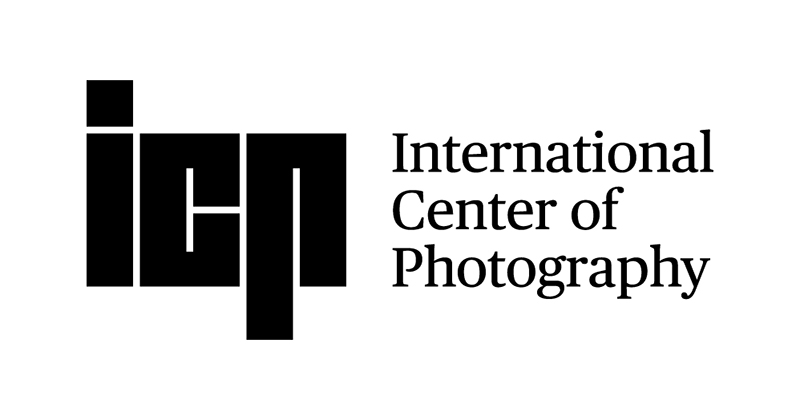Hi everyone,
I was playing with a Dreidel, spinning it, and using a Z8/14-24 to capture the Dreidel frozen while it’s spinning at its fastest phase.
My observations:
Using a shutter speed of only 1/250, ISO 64 f/2.8 with a speed light, I was able to freeze the motion.
But, without a flash, I wasn’t able to freeze it even with a high ISO, or a much faster shutter speed. Why? What is the logic?
With a flash 1/250 sync = Frozen

With a flash in 1/800 high speed sync = blurry!

Higher ISO instead of a flash = blurry

Flash at its lowest power = Frozen

I was playing with a Dreidel, spinning it, and using a Z8/14-24 to capture the Dreidel frozen while it’s spinning at its fastest phase.
My observations:
Using a shutter speed of only 1/250, ISO 64 f/2.8 with a speed light, I was able to freeze the motion.
But, without a flash, I wasn’t able to freeze it even with a high ISO, or a much faster shutter speed. Why? What is the logic?
With a flash 1/250 sync = Frozen
You can only see EXIF info for this image if you are logged in.
With a flash in 1/800 high speed sync = blurry!
You can only see EXIF info for this image if you are logged in.
Higher ISO instead of a flash = blurry
You can only see EXIF info for this image if you are logged in.
Flash at its lowest power = Frozen
You can only see EXIF info for this image if you are logged in.



